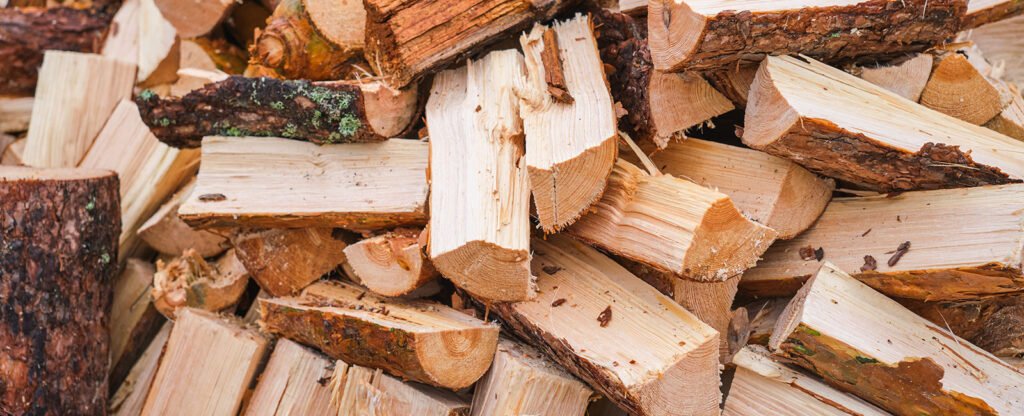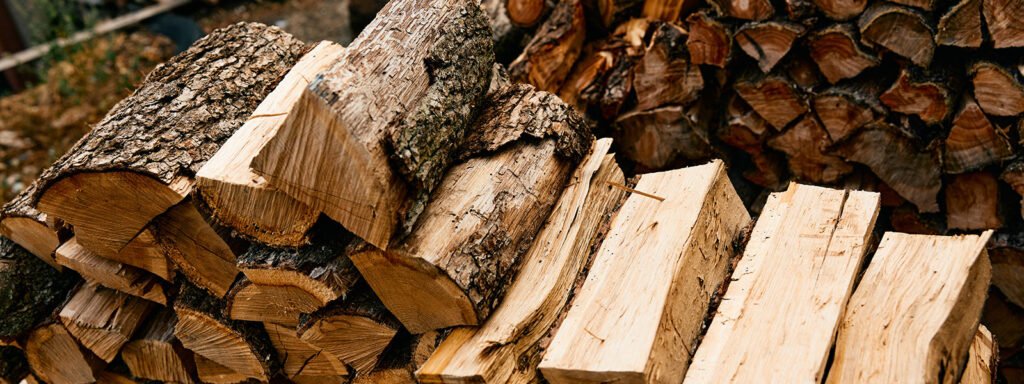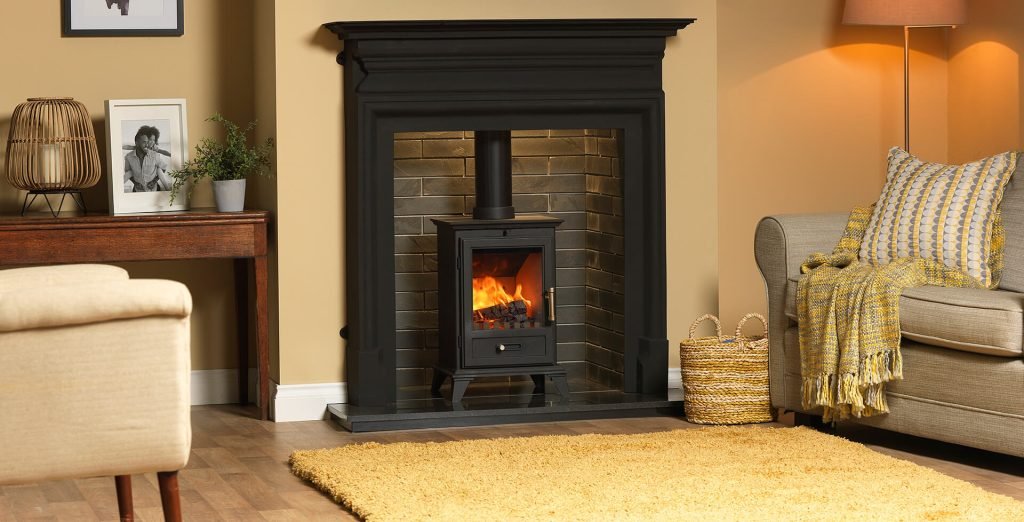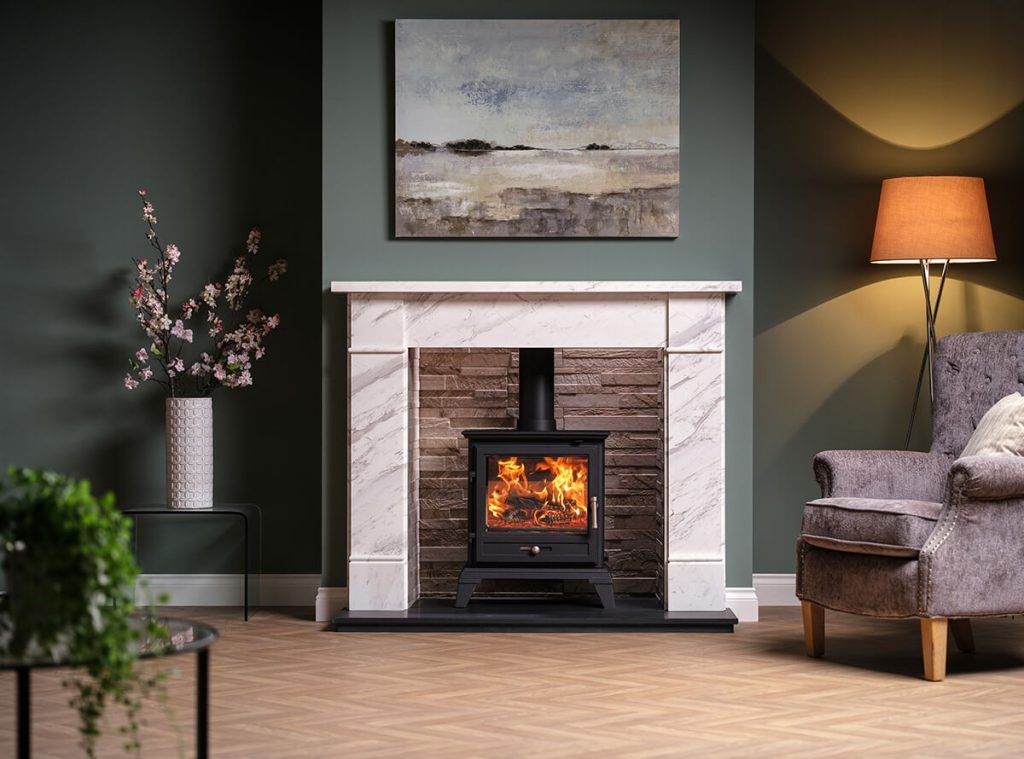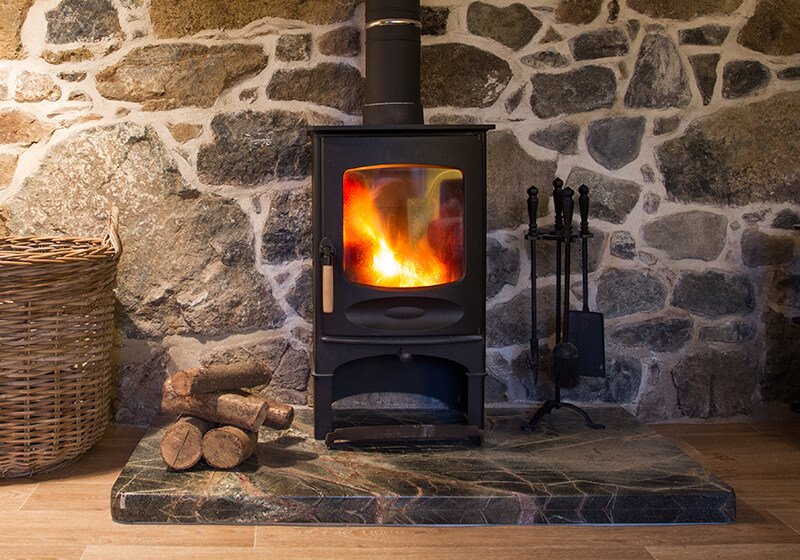Table of contents:
The Importance of Pre-heating a Chimney in Cold Weather
As temperatures drop during the UK’s colder months, many homeowners look forward to the warmth and ambiance of a crackling fire. However, before igniting your log burner or fireplace, it’s essential to understand the significance of pre-heating your chimney. This often-overlooked step can enhance heating efficiency, ensure safety, and prevent common issues associated with cold weather usage.
Why Pre-Heat Your Chimney?
Understanding the Chimney’s Role
A chimney’s primary function is to channel smoke and combustion gases safely out of your home. It operates on the principle that hot air rises, creating an upward draft that expels smoke. However, during cold weather, the air inside the chimney can be denser and cooler than the air outside, hindering this natural draft.
The Cold Chimney Effect
When a chimney is cold, especially after prolonged periods of inactivity, the cool air within can act as a plug. Lighting a fire under these conditions may result in smoke backing up into your living space, as the warm air struggles to establish an upward flow against the cold air block.
The Risks of Ignoring Chimney Pre-Heating
Smoke Backdraft
Attempting to light a fire in a cold chimney can lead to smoke entering your home, causing discomfort and potential health hazards. Smoke inhalation can irritate the respiratory system and pose risks, especially for individuals with pre-existing conditions.
Inefficient Burning and Creosote Buildup
A cold chimney can cause fires to burn inefficiently, leading to increased production of creosote—a tar-like substance that accumulates on chimney walls. Excessive creosote buildup is a significant fire hazard, as it is highly combustible.
Carbon Monoxide Concerns
Improper venting due to a cold chimney can result in the accumulation of carbon monoxide (CO) within the home. CO is a colourless, odourless gas that can be deadly at high concentrations. Ensuring a proper draft through pre-heating helps prevent CO buildup by facilitating correct airflow.
How to Pre-Heat Your Chimney
Using a Heat Source
One effective method is to roll up a newspaper, light one end, and hold it up into the damper area for a few minutes. The heat warms the air within the chimney, establishing an upward draft. This simple technique can significantly reduce the risk of smoke backdraft.
Incorporating Kindling
Building a small kindling fire allows the chimney to warm gradually. Start with small, easily combustible materials to produce a modest flame, warming the chimney before adding larger logs.
Additional Cold Weather Preparations
Chimney Balloons and Draught Excluders
For homeowners with unused fireplaces, devices like chimney balloons or draught excluders can prevent heat loss and cold air ingress. These products block the chimney when not in use, enhancing overall home insulation. For example, the ‘Chimney Sheep,’ a woollen chimney draught excluder, has been reported to save homeowners approximately £130 annually on energy bills by preventing heat loss through unused chimneys.
Regular Maintenance
Ensuring your chimney is clean and free from obstructions is vital. Regular inspections and sweeping prevent blockages that can impede airflow and increase the risk of chimney fires. The Guild of Master Chimney Sweeps recommends having your chimney swept at least once a year, preferably before the onset of the heating season.
Expert Advice from Flue & Flame
At Flue & Flame, we emphasize the importance of chimney maintenance and pre-heating, especially during colder months. Here are our top recommendations:
Regular Inspections
Schedule annual chimney inspections to identify and address potential issues before they escalate.
Proper Fuel Usage
Use seasoned hardwoods to ensure efficient burning and reduce creosote buildup.
Install Carbon Monoxide Detectors
Place CO detectors near fireplaces and sleeping areas to monitor for dangerous gas levels.
Educate Household Members
Ensure all family members understand the importance of chimney pre-heating and safe fireplace operation.
Conclusion
Pre-heating your chimney in cold weather is a simple yet crucial step to ensure the safe and efficient operation of your fireplace or log burner. By understanding the risks associated with cold chimneys and implementing proper pre-heating techniques, you can enjoy a warm, cozy home without compromising safety. Regular maintenance and proactive measures not only enhance your heating experience but also contribute to the longevity of your chimney system.

Build your perfect log burner installation quote here

